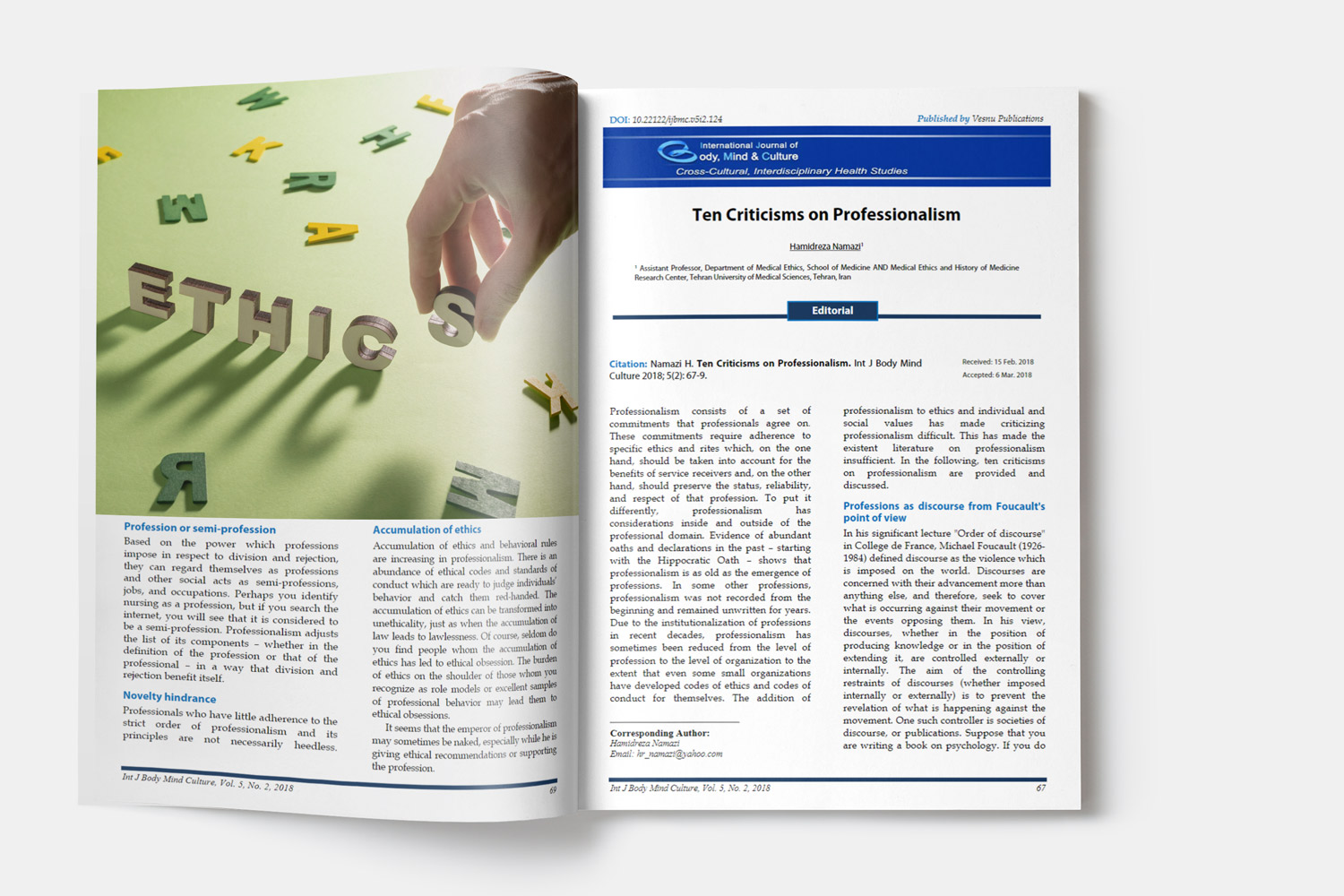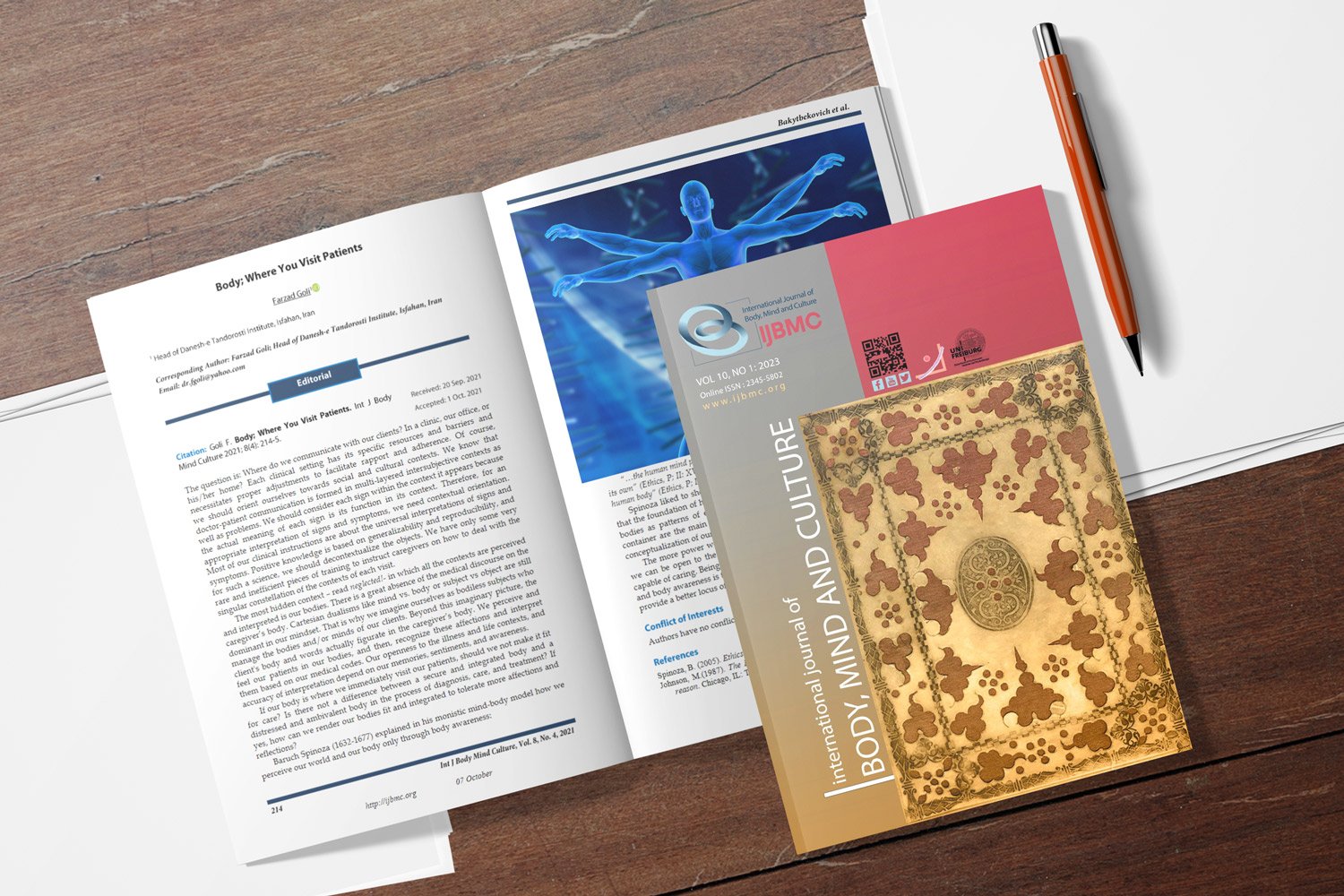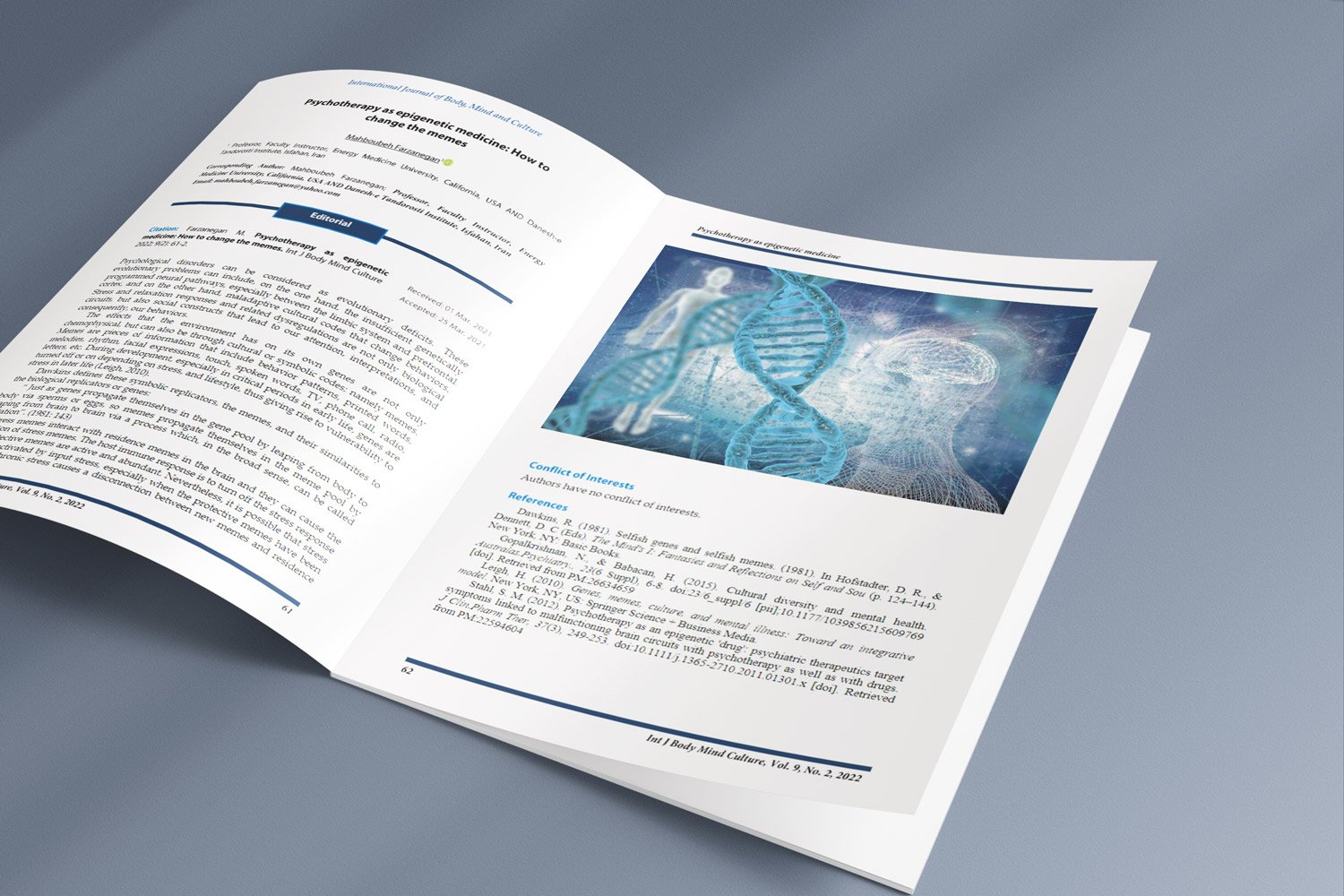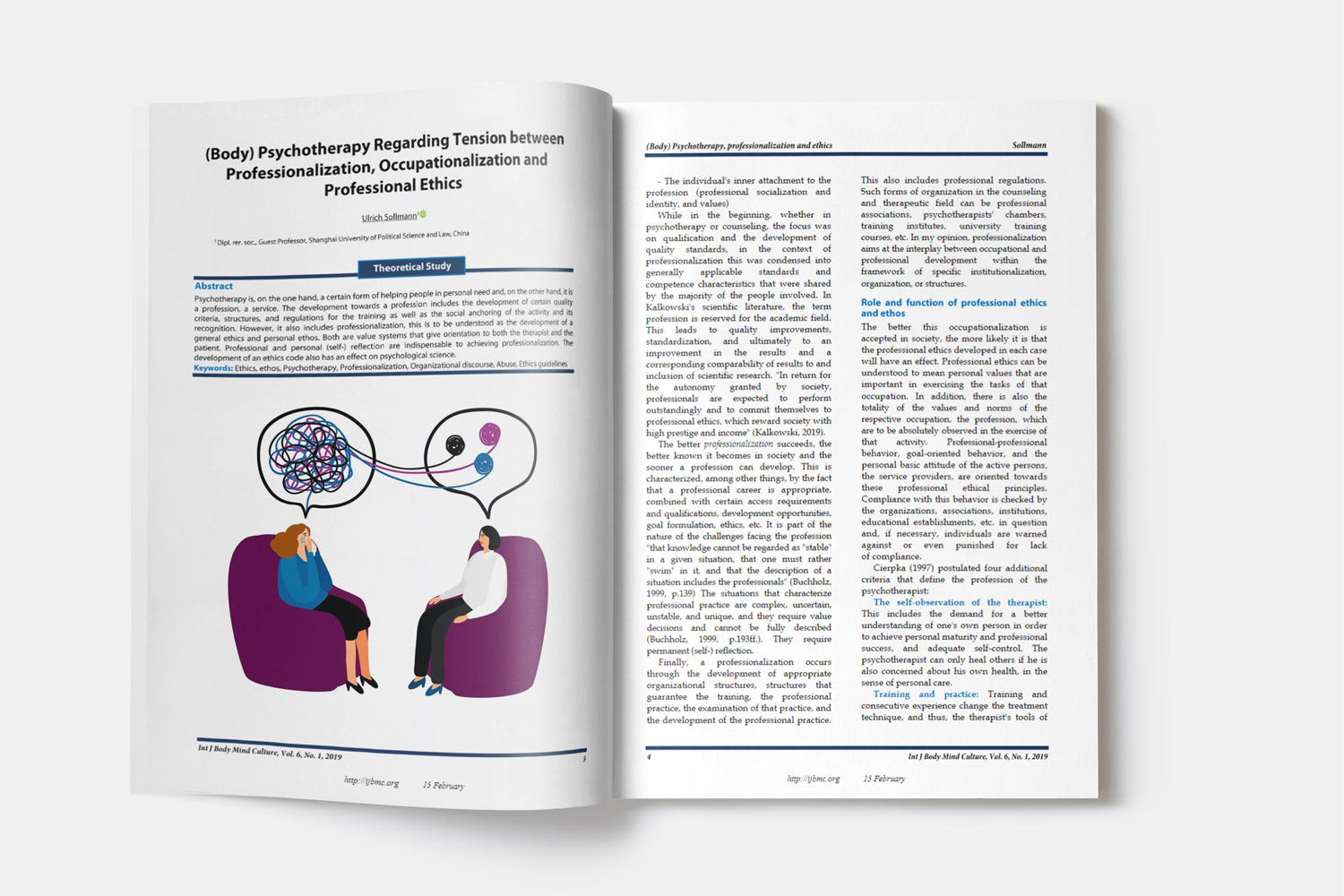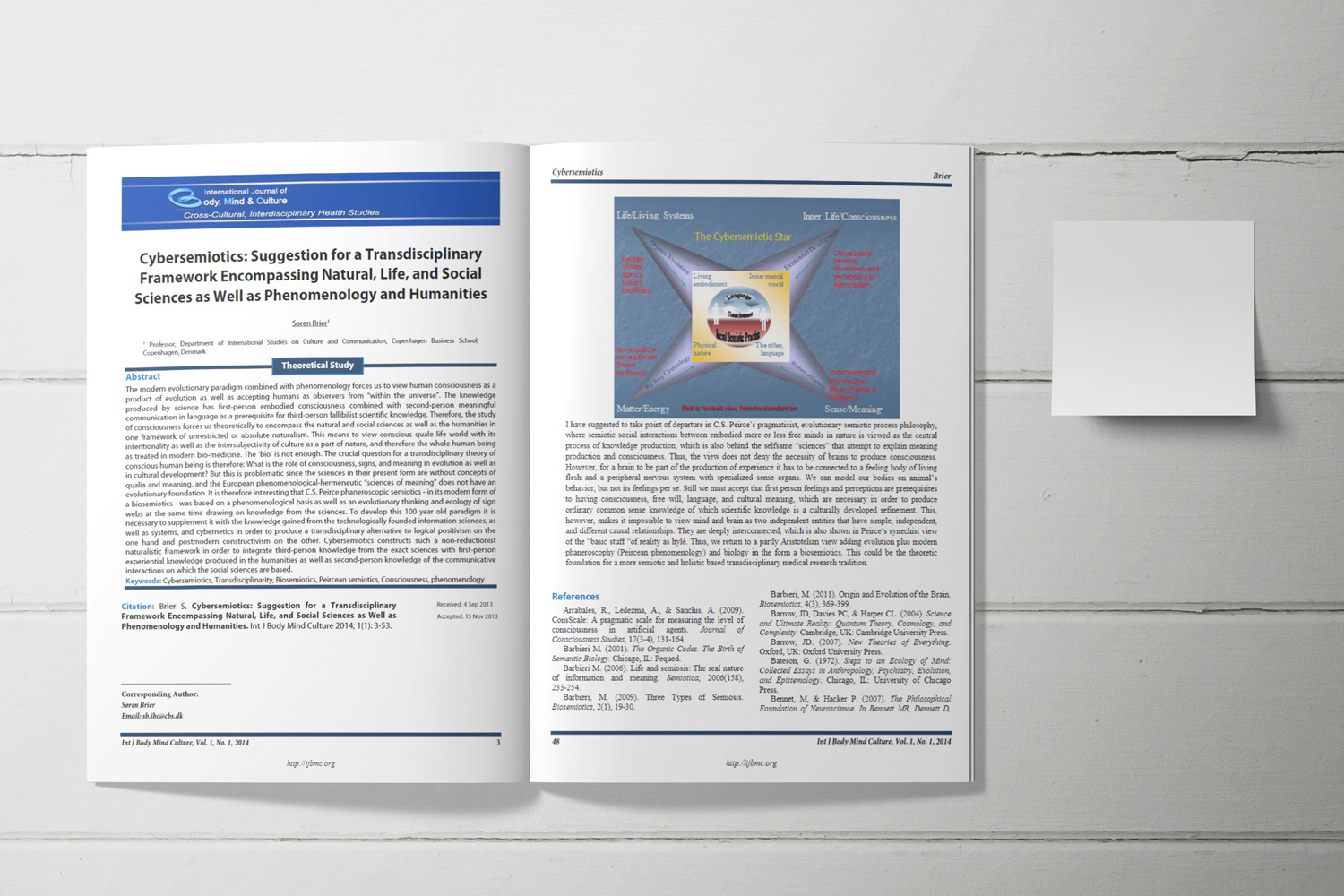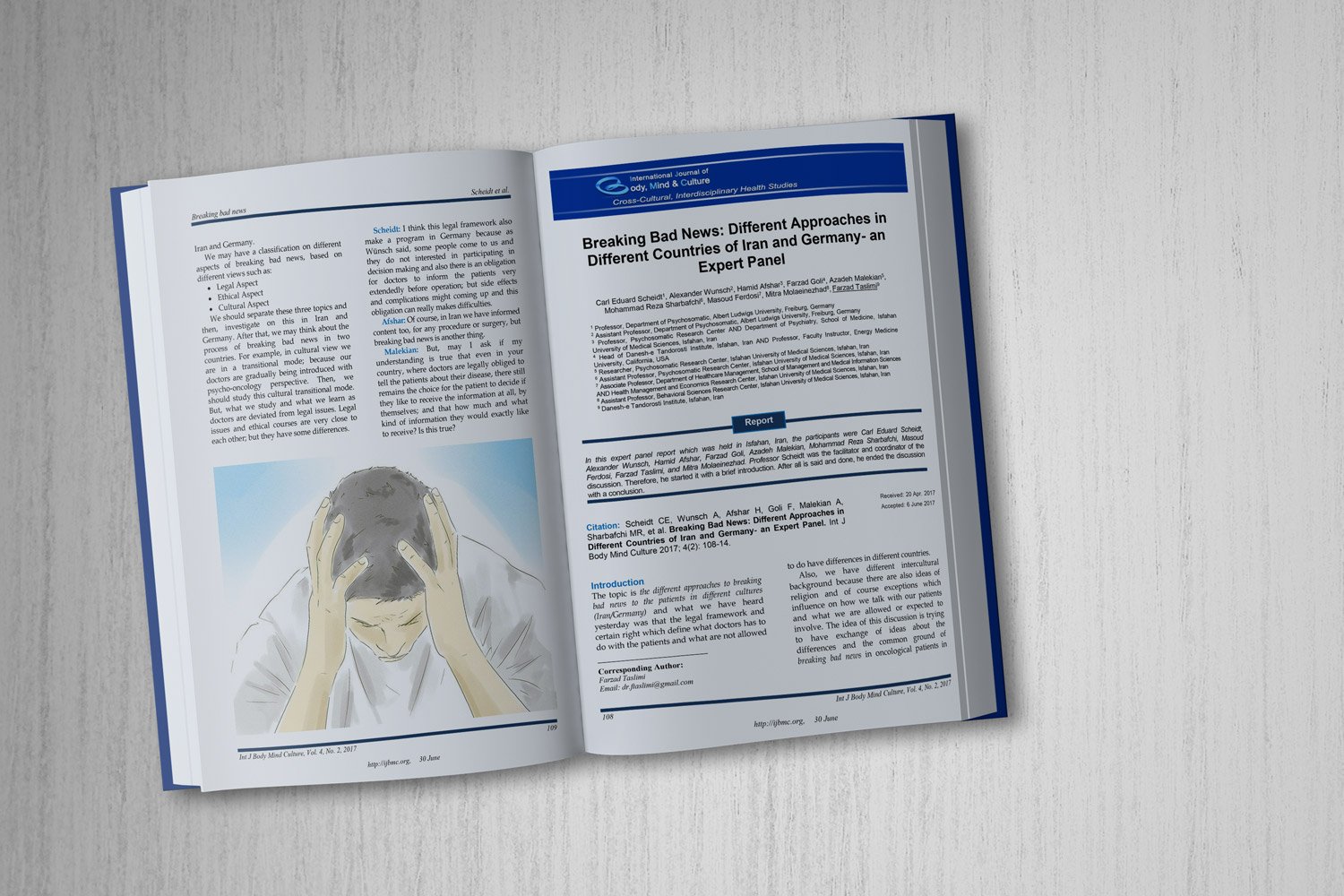ADAPTATION OF THE BRIEF COPE SCALE FOR FEMALE DOMESTIC VIOLENCE SURVIVORS
Downloads
One measuring tool to find out how victims of violence cope is the brief cope scale. The brief cope scale is more straightforward than other scales that measure coping strategies. This measuring instrument is widely used and adopted, but in Indonesia, no one has described how to adopt this measuring instrument in detail. This research explains the steps for adapting the brief cope measuring instrument. This research method refers to the eight stages of the adaptation process carried out per the International Test Commission (ITC) Guidelines for Test Adaptation. The subjects of this research were 200 survivors of family violence using a purposive sampling technique. The final stage is confirmatory factor analysis. The results of the adaptation process found that the three dimensions of brief coping, namely problem-focused coping, emotional-focused coping, and avoidance, were all fulfilled. These three dimensions consist of 14 indicators, but in the adaptation process, two indicators were removed because they did not meet the requirements for construct validity. The initial number of items was 28, but after analysis, 10 items were dropped, so the items deemed suitable for use became 18 items.
Downloads
Algorani, E. B., & Gupta, V. (2022). Coping Mechanisms. In. StatPearls Publishing. https://www.ncbi.nlm.nih.gov/books/NBK559031/
Carver, C. S. (1997). You want to measure coping but your protocol’ too long: Consider the brief cope. International Journal of Behavioral Medicine, 4(1), 92-100. https://doi.org/10.1207/s15327558ijbm0401_6
Carver, C. S., Scheier, M. F., & Weintraub, J. K. (1989). Assessing coping strategies: A theoretically based approach. Journal of personality and social psychology, 56(2), 267-283. https://doi.org/10.1037/0022-3514.56.2.267
Folkman, S. (2022). Stress, Coping, and Hope. In Psychological Aspects of Cancer. https://doi.org/10.1007/978-3-030-85702-8_7
Frydenberg, E. (2018). Adolescent coping: Promoting resilience and well-being. Routledge. https://www.routledge.com/Adolescent-Coping-Promoting-Resilience-and-Well-Being/Frydenberg/p/book/9781138055711?srsltid=AfmBOoq8CY7qplfBMuy9gFHjuS_APklDDR232Xc3EwN-fU2jDVbE5qRl
Ghozali, I. (2017). Model Persamaan Structural Konsep Dan Aplikasi Dengan AMOS24 : Update Bayesian SEM. Badan penerbit Universitas Diponegoro. https://onesearch.id/Record/IOS12573.slims-8847
Hair, J. F., Hult, G. T. M., & Ringle, C. M. (2017). A Primer on Partial Least Squares Structural Equation Modeling ( PLS-SEM ). SAGE Publication Inc. https://eli.johogo.com/Class/CCU/SEM/_A%20Primer%20on%20Partial%20Least%20Squares%20Structural%20Equation%20Modeling_Hair.pdf
ITC. (2017). International Test Commission (ITC) Guidelines for Translating and Adapting Tests (Second Edition).
Lazarus, R. S. (1993). Coping Theory and Research : Past , Present , and Future. 247, 234-247. https://doi.org/10.1097/00006842-199305000-00002
Mohanraj, R., Jeyaseelan, V., Murray, K. R., & Manhart, L. E. (2015). Cultural Adaptation of the Brief COPE for Persons Living with HIV / AIDS in Southern India. 341-351. https://doi.org/10.1007/s10461-014-0872-2
Moroz, K. J. (2005). The Effects of Psychological Trauma on Children and Adolescents. https://kuswoyoaji.files.wordpress.com/2014/01/dmh-cafu_psychological_trauma_moroz.pdf
Netemeyer, R. G., Bearden, W. O., & Sharma, S. (2003). Scaling Procedures: Issues and Aplication. Sage Publication Inc. https://doi.org/10.4135/9781412985772
Pantea, M. C. (2013). Book Review: Primer on Posttraumatic Growth. An Introduction and Guide. Research on Social Work Practice, 23(3). https://doi.org/10.1177/1049731512471733
Pavlova, A., Marakshina, J., Vasin, G., Ismatullina, V., Kolyasnikov, P., Adamovich, T., Malykh, A., Tabueva, A., Zakhariv, I., Lobaskova, M., & Malykh, S. (2022). Factor Structure and Psychometric Properties of Brief COPE in Russian Schoolteachers. Journal Educational Sciences, 12, 1-14. https://doi.org/10.3390/educsci12080539
Polit, D. F., Beck, C. T., & Owen, S. V. (2007). Focus of Research Methodes, Is The CVI an Acceptable Indicator of Content Validity? Appraisal and Recomendations. Research in Nursing & Health, 30, 459-467. https://doi.org/10.1002/nur
Ramdhani, N. (2012). Adaptasi Bahasa dan Budaya Inventori Big Five. Jurnal Psikologi, 39(2), 189-207. https://jurnal.ugm.ac.id/jpsi/article/download/6986/pdf_13
Skinner, E. A., Edge, K., Altman, J., & Sherwood, H. (2003). Searching for the Structure of Coping: A Review and Critique of Category Systems for Classifying Ways of Coping. Psychological bulletin, 129(2), 216-269. https://doi.org/10.1037/0033-2909.129.2.216
Sperber, A. D. (2004). Translation and Validation of Study Instruments for Cross-Cultural Research. Gastroenterology, 126(1), 124-128. https://doi.org/10.1053/j.gastro.2003.10.016
Thomas, D. C., Chui, P. L., Yahya, A., & Yap, J. W. (2022). Translation, cross-cultural adaptation and validation of the revised-Skin Management Needs Assessment Checklist questionnaire in Malay language. Journal Of Tissue Viability, 31(3), 465-473. https://doi.org/10.1016/j.jtv.2022.05.003
Wahyuni, R., Krisnatuti, D., & Musthofa. (2022). The Effect of Stressors and Coping Strategies on Elderly Quality of Life during the Covid-19 Pandemic. Journal of Family Sciences, 7(1), 14-28. https://doi.org/10.29244/jfs.v7i1.39108
Yuan, W., Zhang, L., & Li, B. (2017). Adapting the Brief COPE for Chinese Adolescents with Visual Impairments. February, 20-32. https://doi.org/10.1177/0145482X1711100103
Zamanzadeh, V., Ghahramanian, A., Rassouli, M., Abbaszadeh, A., Alavi-Majd, H., & Nikanfar, A. R. (2015). Design and Implementation Content Validity Study: Development of an instrument for measuring Patient-Centered Communication. Journal of caring sciences, 4(2), 165-178. https://doi.org/10.15171/jcs.2015.017
Copyright (c) 2025 International Journal of Body, Mind and Culture

This work is licensed under a Creative Commons Attribution-NonCommercial 4.0 International License.










